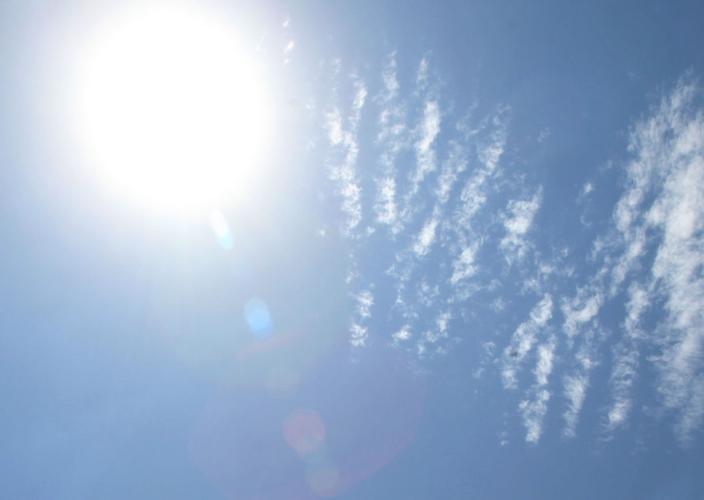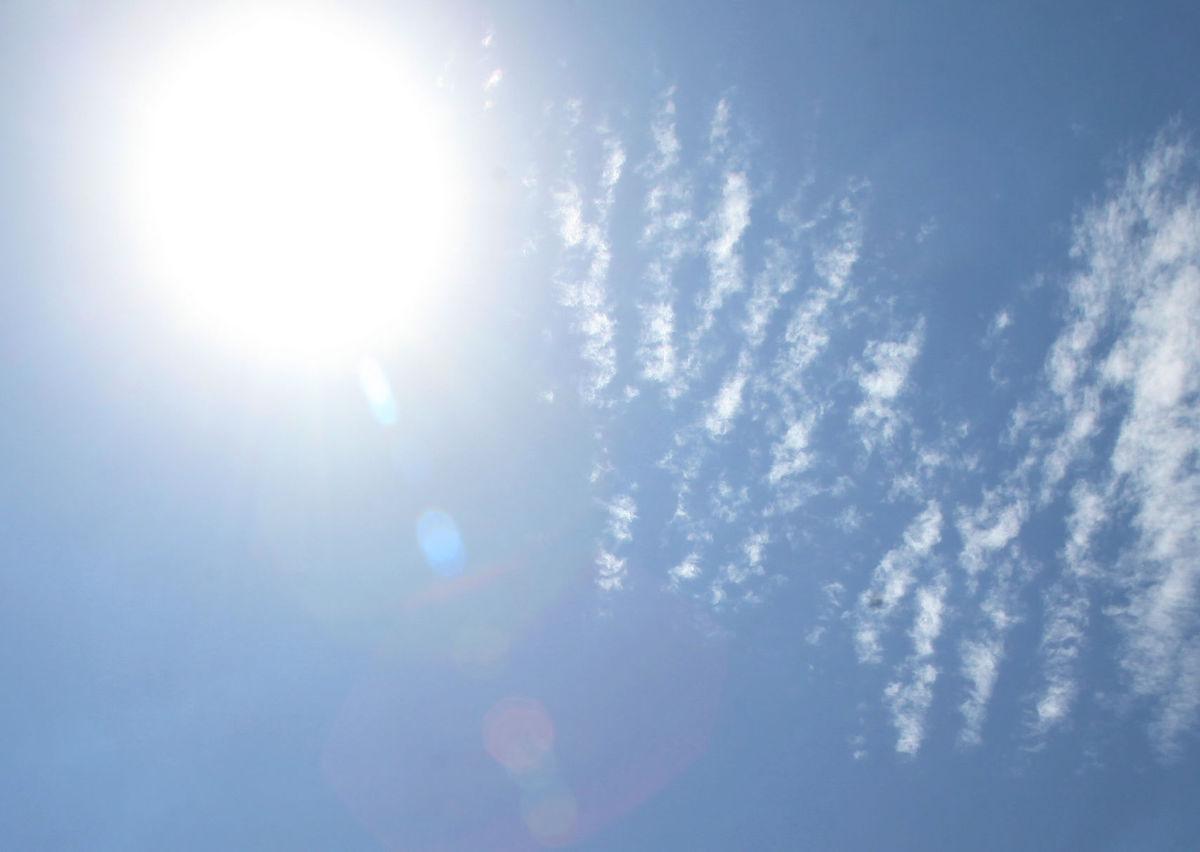I have died and gone to heaven!
So I said stepping out of our SUV into 100-degree heat at our new home in Tucson, Arizona. That was at 4 p.m. on May 4, 2017 — last year’s first 100-degree day in the Old Pueblo. The day before, we awoke to heavy, cold, wet snow in Laramie, Wyoming. We had 30 good years there, but it was time to move on. Time to move to Tucson.
And I’ll say it again. I’ve gone to paradise.
Mark Twain said, “Everybody complains about the weather, but nobody does anything about it.” Since our arrival, my wife, Patricia, and I have been reading the Star, which often puts weather on the front page, often “above the fold.”
Here are the headlines that greeted us that first year and beyond:
July 2: “How hot was it in June? The worst in 130 years.” What did the Star mean by “worst”? If 100 degrees is good, then 116 degrees must be even better, like on June 20. OK, 116 was a bit intense, but we endured.
Sept. 30: “After wettest July on record, monsoon dried up quickly.” Question: climate change?
Oct. 15: “Climate change could rain on monsoon parade, new study says.” Answer: So, yes, climate change.
Nov. 14: “Late-blooming saguaros puzzling but welcomed.” Really? We love the saguaro. Sentinel of the Sonoran Desert. Badge of the Old Pueblo. And we love saguaro blooms. But in November? These flowers may not be pollinated. And if pollinated, will those flowers bear fruit? I doubt it.
Not only are mean global temperatures increasing, but variance in temperature is increasing, too. That results in wider extremes in weather. Is it possible that brief periods of extreme cold, even in the face of overall global warming, may take out some of our beloved saguaros? I don’t know.
Dec. 13: “November warmest on record in Tucson; year is shaping up to also surpass mark.”
New Year’s Day, 2018: “Crushed it: Average temperature here a record.” The data don’t lie.
Jan. 6: “Lingering color at Sabino Canyon could camouflage lasting concern.” So many of these plants should really go to sleep for the Santa Catalina Mountains winter. Again, concerns are global warming and climate change.
March 3: “Drought deepens across AZ, NM.” This is of deep concern to us in agriculture. And of deep concern to all of us who love Southern Arizona’s natural landscapes, flora and fauna.
Agricultural science brought me to the University of Arizona for many years for research meetings beginning in 1988. For me, Tucson was love at first sight.
Now, all of sudden, Pat and I are a three-generation Tucson family with children and grandchildren here. Long story. In any case, we are not “snowbirds.” We are all in.
And may I paraphrase Mark Twain? “Most of us are concerned about the climate, and we better do something about it.” And we know what to do: For electric power generation, cut down on fossil fuel consumption beginning with coal, and use natural gas as a bridge to renewable solar and wind. For transportation, switch to electric generated by renewables.
As I write on this May 6, this headline appears on the Star website: “Tucson’s marathon of triple-digit days started this afternoon”
Is Tucson too hot? Not for me. But please, no hotter. Agriculture demands action on climate change. As does conservation of our precious natural biological diversity.







